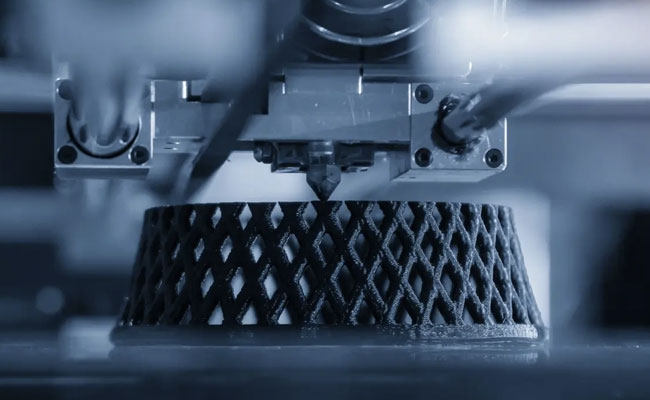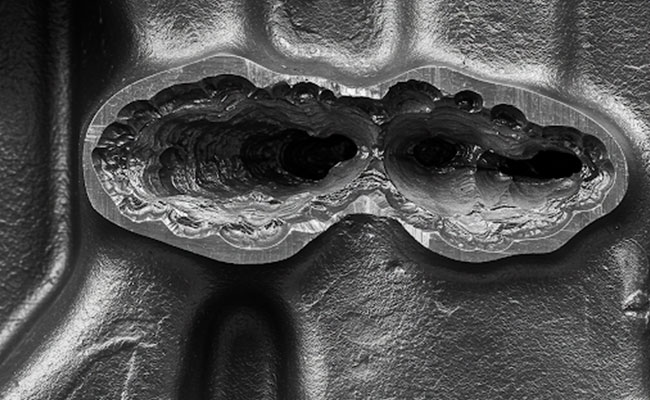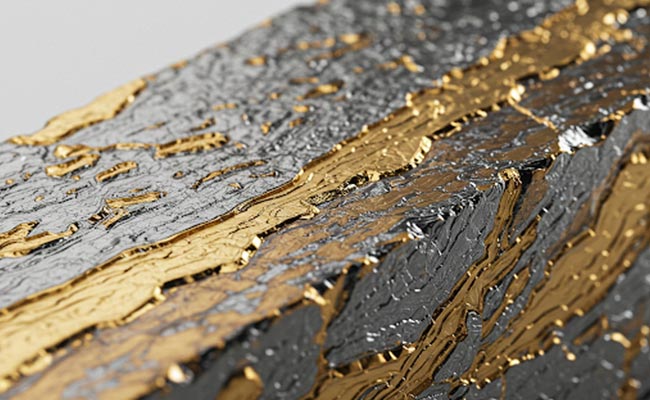
Safety Best Practices in Casting Foundries
2025-04-07
The Latest Trends in Casting Technology: What to Expect in 2025 and Beyond II
2025-04-21The Latest Trends in Casting Technology: What to Expect in 2025 and Beyond I

The casting industry is experiencing a technological evolution, driven by the demand for sustainable practices, precision, and efficiency. Foundries around the globe are adapting to cutting-edge advancements that promise to reshape the industry. Here’s what to expect in 2025 and beyond.
1. Additive Manufacturing (3D Printing) Integration
The fusion of 3D printing and traditional casting techniques is unlocking unprecedented design flexibility.
Rapid Prototyping: 3D printing is enabling faster, cost-effective creation of molds and patterns.
Complex Geometries: Intricate designs that were once impossible can now be achieved with precision.
Material Innovations: Advances in printable sand and resin materials enhance compatibility with casting processes.
2. Sustainability and Green Foundries
Environmental concerns are steering foundries towards greener practices.
Recycled Materials: Increased use of recycled metals in casting processes reduces waste and resource dependency.
Energy Efficiency: Adoption of energy-efficient furnaces and alternative energy sources (e.g., solar and hydrogen).
Emission Reduction: Advanced scrubbers and filtration systems minimize harmful emissions from foundries.
3. Simulation and Digital Twin Technologies
Digital tools are becoming central to casting design and quality assurance.
Casting Process Simulations: Software tools predict and prevent defects like shrinkage or porosity before production begins.
Digital Twins: Virtual models of casting equipment and products help optimize performance and maintenance.
Real-Time Data: IoT sensors integrated into foundry equipment provide insights for predictive maintenance.
4. Advanced Materials and Alloys
Demand for higher performance components is pushing material science forward.
Lightweight Alloys: Increased use of aluminum, magnesium, and titanium for aerospace and automotive applications.
High-Performance Alloys: Enhanced nickel and cobalt alloys for extreme temperature and pressure conditions.
Nanostructured Materials: Alloys incorporating nanoparticles improve strength and durability.
To be continued



